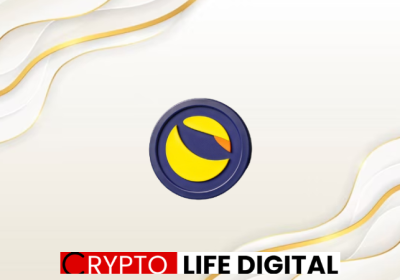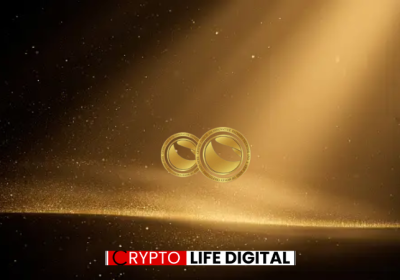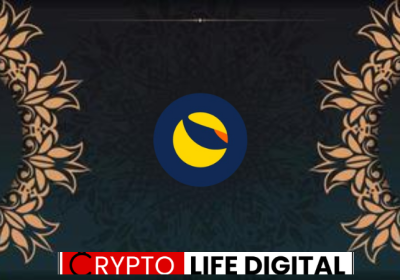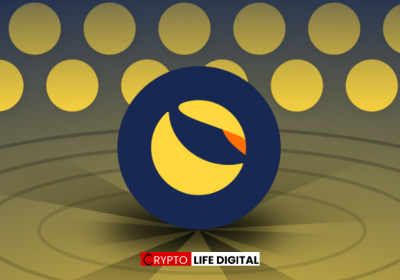Terra Classic Announces Strategic Plan to Safely Re-enable Market Module and Re-Peg USTC
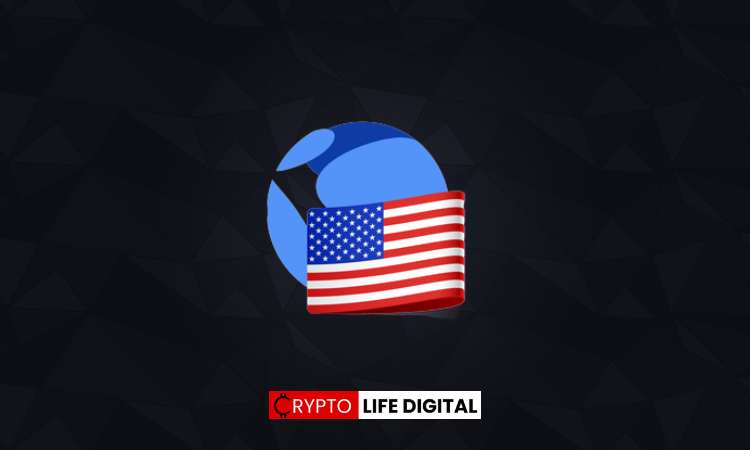
In a significant move to revive Terra Classic’s market module, the development team has proposed a comprehensive strategy to mitigate risks and maximize rewards. The plan outlines key adjustments to spread fees, burn mechanisms, and virtual liquidity pool parameters, and introduces hard caps on LUNC and USTC max supply.
Read Also: TerraCVita Celebrates Positive Step Toward Enhanced On-Chain Development
Exciting times ahead for $lunc. Thank you DFunk for your work and dedication…
— fragwuerdig | 🧑⚖️ (@frag_dude) November 19, 2023
Steps to reset the Market Module
The first step involves setting the spread fee at 98%, effectively re-pegging USTC at 2 cents. This approach aims to bring stability to USTC’s value, with the flexibility to incrementally re-peg to 3 cents, 4 cents, and beyond by adjusting the spread fee accordingly.
To address the risk of unwanted minting of LUNC and USTC, the proposal suggests burning 100% of the spread fee instead of sending it to the Oracle Pool. This strategic shift aligns with the community’s goal of reducing LUNC supply and adds an extra layer of security against potential inflation.
To further minimize risks, the plan advocates for limiting the virtual liquidity pool base size and increasing the recovery rate. By reducing the base pool size to 500-1000 SDR and extending the recovery period to 14,400 blocks, the team aims to create a dynamic system where the rate of burning consistently outpaces the rate of minting, thus bolstering the overall stability of the market.
Read Also: Legal Experts Clash Over Ripple’s Legal Victory and XRP’s Price Performance
In addition to these adjustments, a crucial safeguard is introduced with the proposal to set hard caps on LUNC and USTC max supply. This preventative measure acts as an additional guardrail, ensuring that the maximum supply of these tokens is controlled and can be incrementally adjusted through burns and re-pegging initiatives in the future.
The Strategy to re-peg USTC to $1
This strategic plan carries both rewards and risks, with the potential to re-peg USTC to $1 and reintroduce utility to the TerraClassic chain. The revenue generated through spread fees for LUNC<>USTC swaps will be distributed through Oracle rewards to validators and delegates, further incentivizing network participation.
To fine-tune and validate these proposed changes, a USTC-testnet will be set up, allowing the community to adjust and optimize values based on real-world data and feedback. The development team remains committed to transparency and community governance, emphasizing that recommended values are subject to change based on ongoing assessments.
As TerraClassic takes this bold step towards market module reactivation, the community eagerly anticipates the potential rewards and closely monitors the implementation of these safeguards to ensure a secure and thriving ecosystem.
Follow us on Twitter, Facebook, Telegram, and Google News

Dr. Olajide Samuel juggles the demands of medical studies with a passion for cryptocurrency. A seasoned blogger, Olajide shares his vast global knowledge of the crypto space, offering insights to enthusiasts. Despite his busy schedule, his commitment to crypto remains strong, and he actively seeks ways to contribute to its future.





